Storage of Tungsten Wire for Glass Heating
- Details
- Category: Tungsten Information
- Published on Thursday, 26 June 2025 19:09
- Written by Zhenghua
- Hits: 177
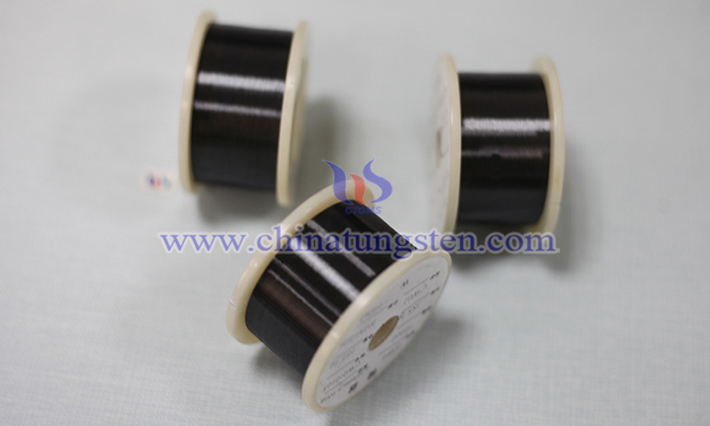
The storage of tungsten wire for glass heating requires special attention to its physical and chemical properties to ensure that its performance is not damaged and its service life is extended.
What Is Tungsten Nail Sinker?
- Details
- Category: Tungsten Information
- Published on Wednesday, 25 June 2025 19:45
- Written by Xiaoting
- Hits: 207
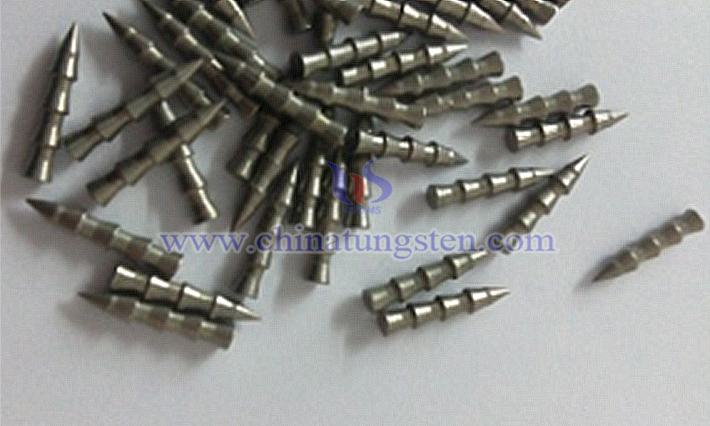
Tungsten nail sinker is a fishing tool crafted from metal tungsten as the primary material, processed into a slender needle-like shape, and categorized as a subset of "sinkers" in fishing accessories. Its core feature leverages tungsten’s high density (approximately 19.3 g/cm³), achieving significant weight in a small volume while optimizing hydrodynamic performance post-entry into water.
What Is Bullet-Shaped Tungsten Sinker?
- Details
- Category: Tungsten Information
- Published on Wednesday, 25 June 2025 19:36
- Written by Xiaoting
- Hits: 197
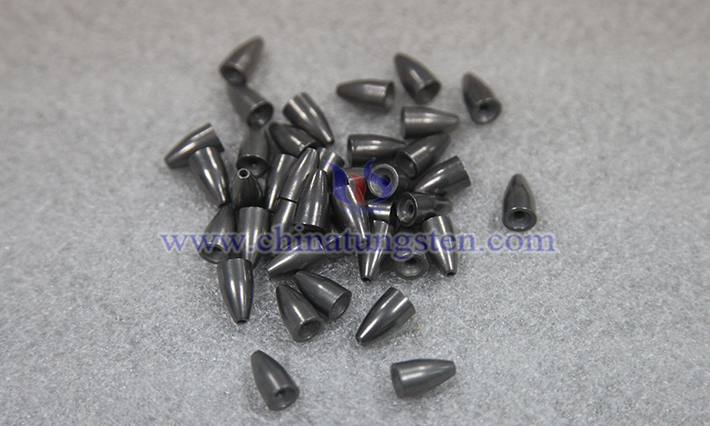
Bullet-shaped tungsten sinker is a high-performance tool in modern fishing, typically composed of tungsten, nickel, and iron, with a density ranging from 16.5 to 18.75 g/cm³—significantly higher than that of lead sinker (approximately 11 g/cm³). At the same weight, tungsten sinker has a smaller volume than lead sinker, reducing water resistance and enabling faster sinking to the target water layer. Additionally, tungsten sinker is non-toxic and non-radioactive, replacing lead sinker to mitigate pollution risks to water bodies and aquatic life.
Differences Between Tungsten Sinker and Lead Sinker
- Details
- Category: Tungsten Information
- Published on Wednesday, 25 June 2025 19:37
- Written by Xiaoting
- Hits: 211
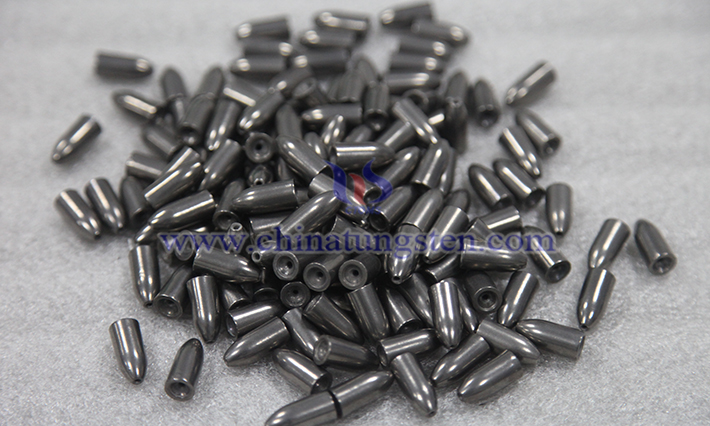
Tungsten sinker and lead sinker are both common fishing weight tools, available in shapes like teardrop, cylindrical, and olive forms. However, they differ across multiple dimensions, including production costs, materials, performance, and manufacturing processes.
Read more: Differences Between Tungsten Sinker and Lead Sinker
Transportation of Tungsten Wire for Glass Heating
- Details
- Category: Tungsten Information
- Published on Wednesday, 25 June 2025 19:07
- Written by Zhenghua
- Hits: 218
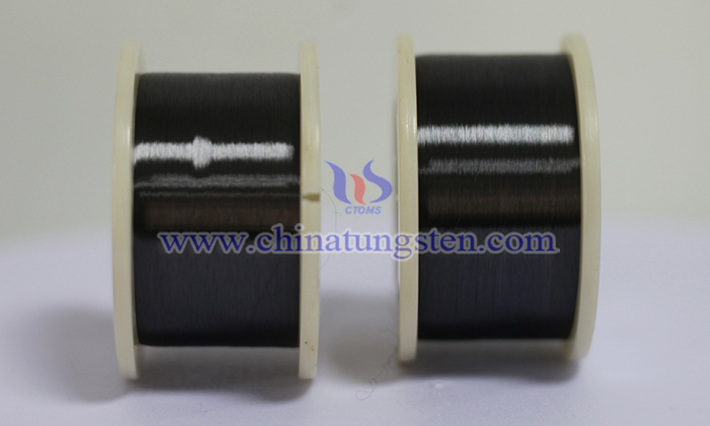
The transportation of tungsten wire for glass heating needs to pay special attention to its physical properties and safety requirements. The following are relevant suggestions:
Read more: Transportation of Tungsten Wire for Glass Heating





 sales@chinatungsten.com
sales@chinatungsten.com